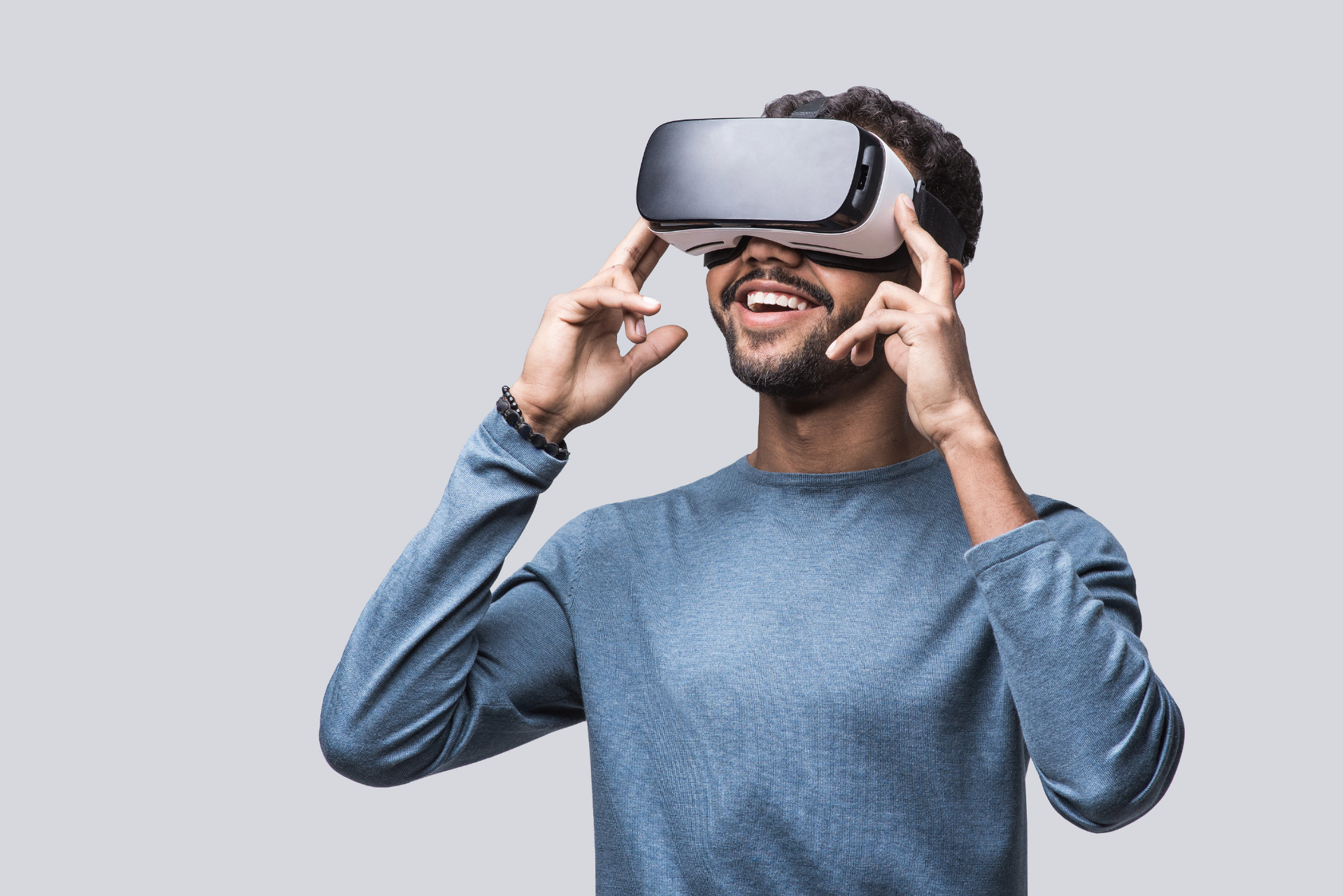
Providing a safe working environment for employees and managers requires a massive resource commitment.
One of the pivotal methods for making a workplace safe is by investing in comprehensive training for employees of all stripes. New and more effective training techniques are constantly in development, and one of the most effective of these new techniques involves the use of virtual reality.
Here’s how safety training and VR end up going hand in hand.
While classroom learning has its place when it comes to safety training, hands-on experience is always an excellent teacher. Yet, being able to repeatedly practice safety procedures in an environment that uses real-world tools, equipment, or otherwise mimics real-world conditions, isn’t always feasible. Using VR simulation as a supplement to classroom learning offers that ability, making it easy to practice procedures in environments that more closely resemble the kinds of working conditions employees are likely to encounter.
It may be true that simulated practice may not ever be a complete replacement for the real thing. Yet the benefits of even simulated practice can’t be discounted. This is, of course, why driver’s education courses in high schools across the country have been using driving simulators for decades. Even this rather primitive VR training has doubtlessly made a difference in exposing new drivers to the vagaries of operating a motor vehicle, and all without exposing anyone to any danger. Which brings us to our next point.
One of the most useful aspects of using safety training and VR together is that you can use virtual reality to provide employees with the simulated experience of being involved in emergency situations without exposing them to any danger.
VR systems have been invaluable in building simulation-driven experience for first responders such as firefighters by showing close approximations of what it looks like to be in a burning building with your view occluded by smoke.
This type of VR experience can be adapted for a number of uses for non-first responders. Providing workers with a simulated version of a fire escape route while under emergency conditions can and will keep them safer in the event of a real fire.
However, it doesn’t stop there — other uses include helping employees in the construction industry train for working at height without exposing them to any danger of falling, allowing them to drill procedures, such as the proper use of their safety harness, in a safe environment.
Once, virtual reality systems were little more than expensive toys. The technology needed to operate these systems was often far too primitive, or far too cost-prohibitive, to be used effectively in safety training environments.
Yet today that is no longer the case. As VR technology continues to evolve into cheaper forms that offer increasing levels of verisimilitude, it will not be surprising to see safety training VR systems become the norm before long!
The headline and subheader tells us what you're offering, and the form header closes the deal. Over here you can explain why your offer is so great it's worth filling out a form for.
Remember:
These Stories on Tech
800 Town and Country Boulevard, Suite 500
Houston, Texas 77024
Call us: 877-571-7475
Lange Kleiweg 10
2288 GK Rijswijk
The Netherlands
No Comments Yet
Let us know what you think